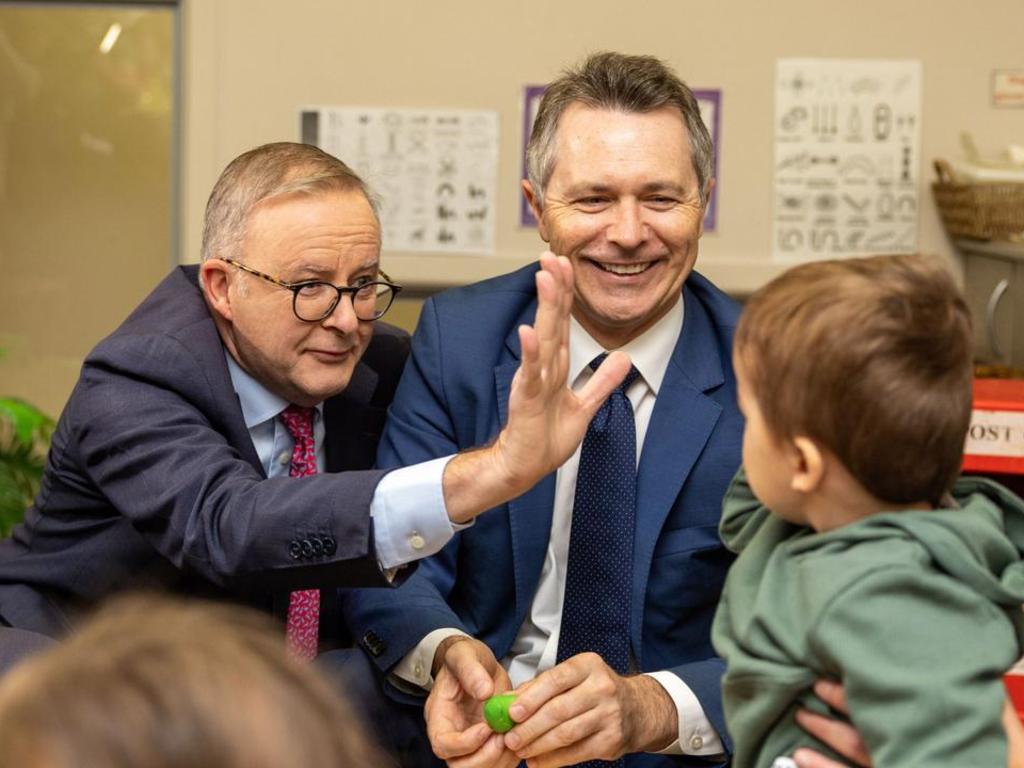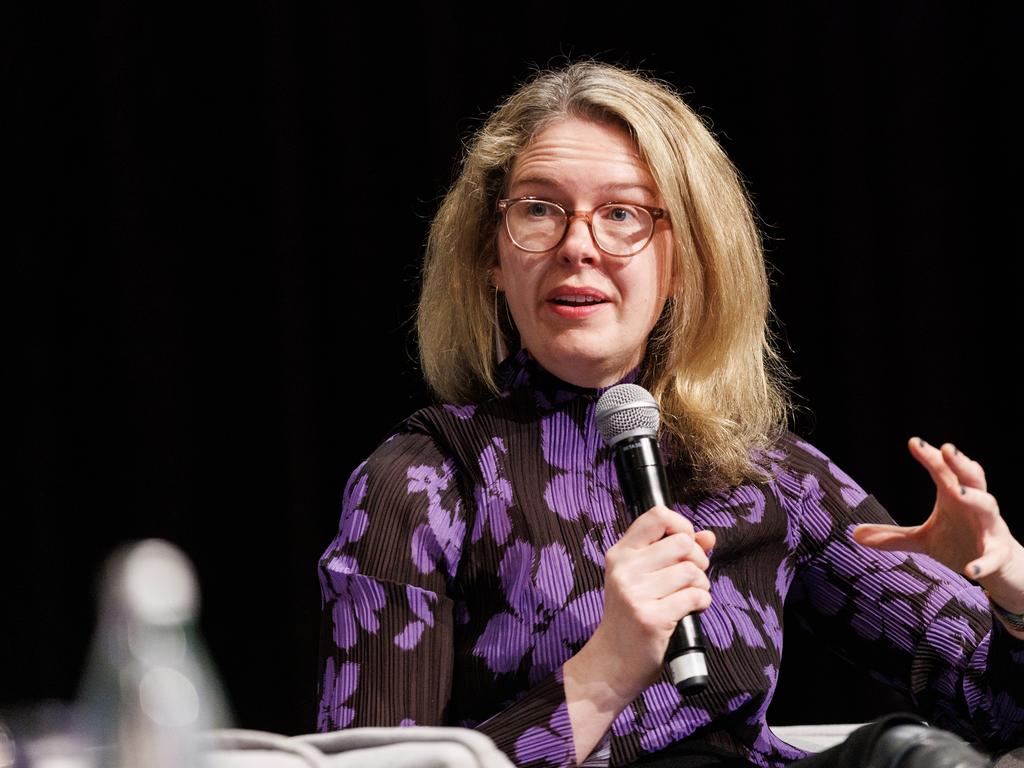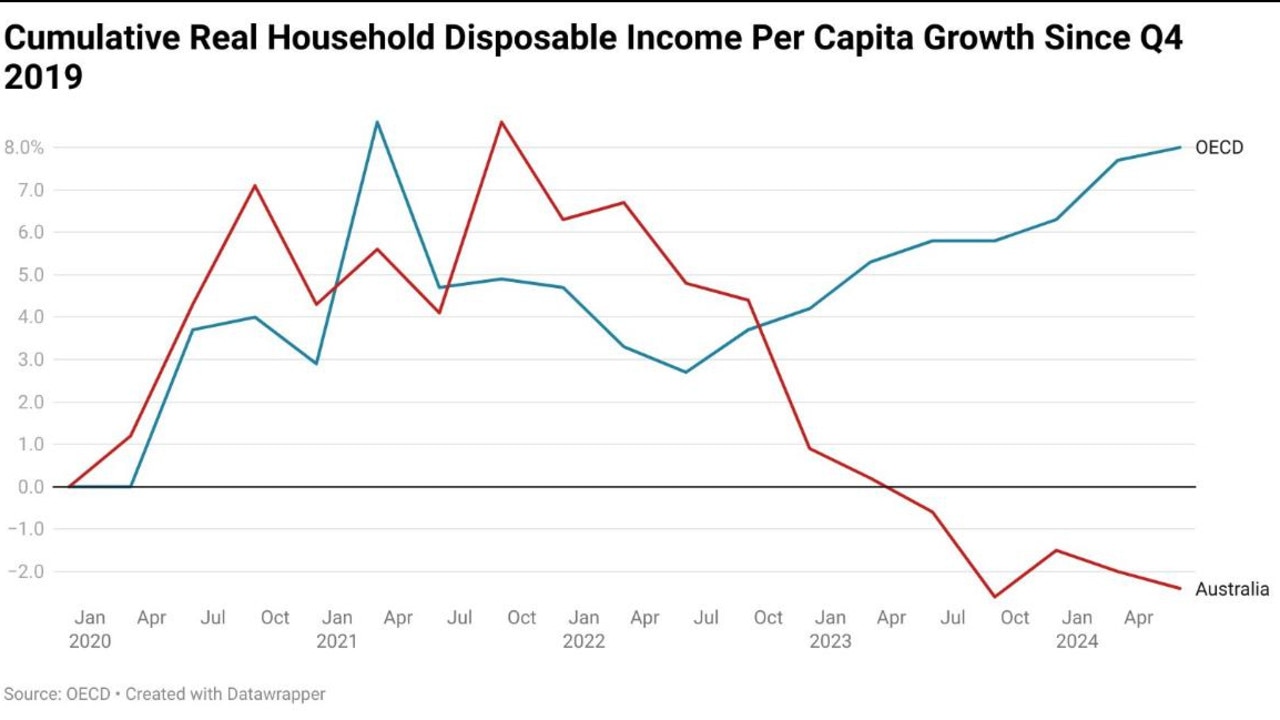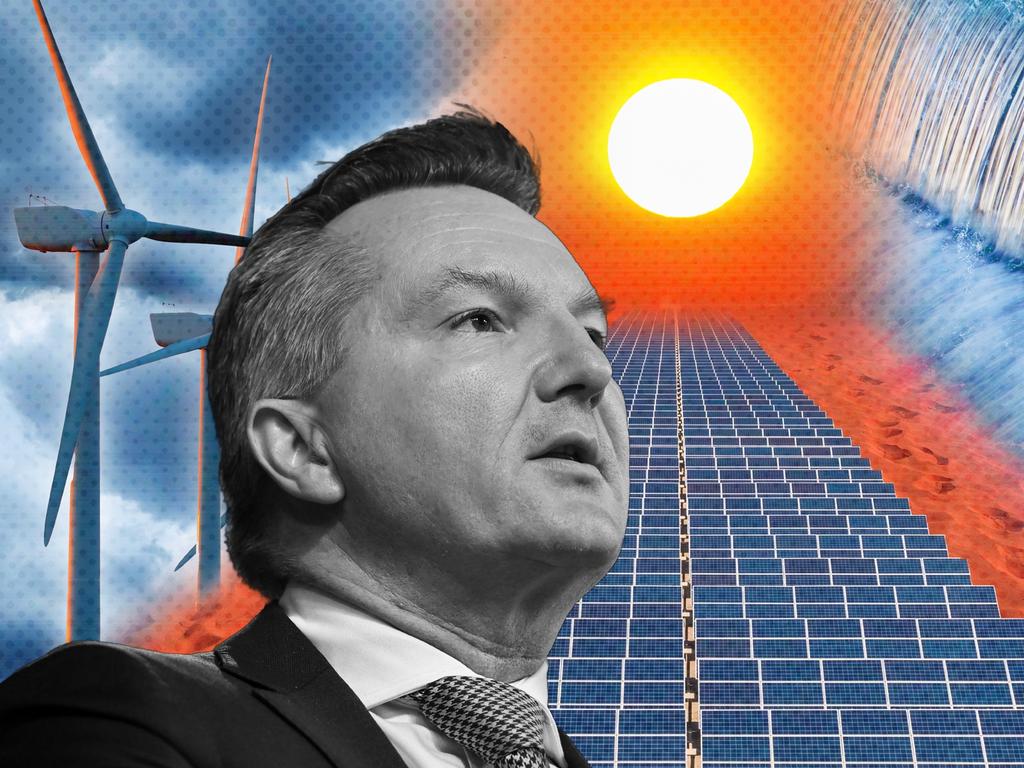Productivity Commission gives the floor to Aussie public
How do you solve the most challenging public policy issue of our time? Don’t ask the Productivity Commission.
The federal government’s independent advisory body for productivity received $38 million in taxpayer funding for its 173 staff last year, but economists are saying it’s “engaging in fuzzy community outreach” instead of doing its actual job.
The Productivity Commission on Thursday last week appealed to the Australian public to provide “practical policy ideas” that aim to combat Australia’s productivity malaise.
In its efforts to tackle the most complex structural problem affecting the economy over the past 20 years, the Commission has turned to Aussie battlers for inspiration.
Chief strategist at MB Super David Llewellyn-Smith suggested that the Commission’s time may be better spent “looking at the root causes of the collapse in productivity over the last 10 years, instead of engaging in fuzzy community outreach.”
“You need a plan when it comes to productivity reform, and it needs to be a top down approach to educating the public about the benefits of such reform,” Mr Llewellyn-Smith said. “Potentially, outreach like this has some educational purpose, but the tone is all wrong.”
Productivity Commission Chair Danielle Wood touted the new engagement initiative as the first of its kind.
“The Productivity Commission has always depended on the input of Australians to inform its recommendations, but this is the first time it has sought out grassroots insights on every aspect of policy in Australia,” Ms Wood said.
“We are throwing open the doors and asking all Australians for their best ideas on how governments can create the kind of growth and improvements in living standards we enjoyed in previous decades.”

In an address to the Australian Public Service Economist Conference last month, Ms Wood highlighted the Commission’s engagement with “voices of individuals who might not typically participate in a policy process.”
The Commission recently hosted a consultation session with a group of 4-year-olds as part of their Early Learning and Care inquiry.
“Turns out kids have a surprising breadth and depth of opinions if you ask,” Ms Wood said.
The Productivity Commission last year received $38 million in taxpayer funding for its 173 staff.
Productivity in economic terms is a fairly abstract and complex concept, what it is and how it is measured are commonly misunderstood. So it is unsurprising that many proposals thus far are completely unrelated or impossible to implement.
Ideas have already started to flow through the Commission’s pitch portal. One proposal suggests “reducing the transmission of illness”, highlighting her recent loss of “another two and a half days of work”, due to her son’s “gastro”.
Another suggests local governments should implement a bin-weighing system, charging those with excess garbage a levy in order to reduce landfill volume per capita.

Independent economist Saul Eslake said the move “was in line with what Danielle Wood, the Productivity Commission and a lot of other government bodies have been pushing in terms of community outreach.”
“I mean there is no harm, and in fact there may be some tangible good,” Mr Eslake said.
Australia’s stagnating national productivity and weakening real wages have exacerbated the cost of living crisis for many Australians.
Productivity growth is the primary driver behind real wage growth and OECD figures released earlier this year paint an incredibly bleak picture. No other OECD economy has experienced a sharper decline in household disposable income over the last couple of years.

ABS figures last month showed almost 50 per cent of jobs created in the first half of 2024 were in the public sector, yet the gains in productivity in disability support, aged care and the public service over the last 20 years, have been virtually nil.
“An economy increasingly dependent on government spending in lower-productivity industries is simply not sustainable,” Australian Industry Group Innes Willox said.
And while the government has announced a revitalised National Competition Policy (NCP), which the Commission estimates could deliver $45 billion to the economy, peak economic bodies and economists remain sceptical about much of the policy delivered by the Albanese government.
The Commissioner herself earlier this year took aim at Labor’s flagship Future Made in Australia plan, saying the policy “risks creating a class of businesses that is reliant on government subsidies, and that can be very effective in coming back for more.”

Judo Bank’s Chief economist Warren Hogan appeared on Sky News on Thursday, smashing the government’s recent IR reforms.
“There is light at the end of the tunnel, we have advances in supercomputing and AI … but the key to it is being able to readjust our workforce, and the new IR laws are going to make our very restricted labour market even more restrictive,” Mr Hogan said.
“A rigid and highly regulated labour market is not going to work for the people of Australia or our economy.”
With the capital-to-labour ratio falling by 4.9 per cent in 2022/23 – the highest recorded decline in Australia’s history, David Llewellyn-Smith argued that capital shallowing is one of the key drivers of the collapse in Australia’s labour productivity.
“Evidence conclusively shows immigration led growth models lead to capital shallowing,” he said.
Mr Llewellyn-Smith earmarked cuts to immigration, gas reservation policy and the uptake of the Henry tax review as clear reforms the Commission should stand behind.



